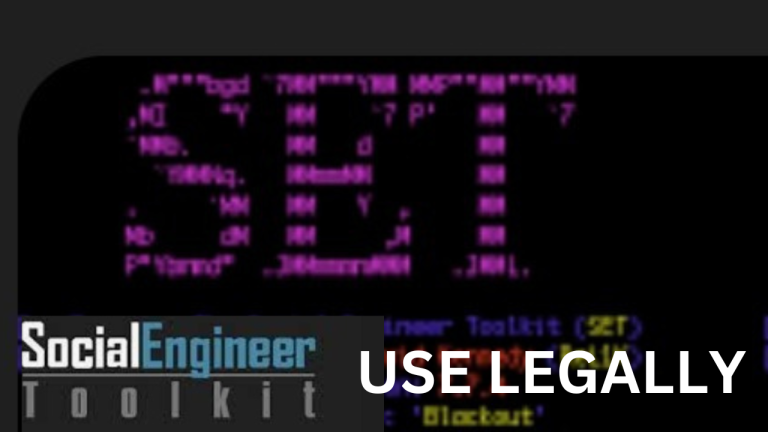Why is Your Django Delete not Working: Let us see the reason
This can be frustrating: Say you’re working on your Django project and after deleting an object , it keep coming . The you can’t seem to get the delete function working for you.
The next section explains common reasons your Django delete function may not be working and how to fix them.
Understand Django’s Delete Method
One of the most powerful function in Django is the delete method function, it allows you to remove an object in a database. Be it a user, post, or any other record. It delete the record whenever you call instance.delete().
Common Reasons of Deletion Failure
Object Doesn’t Exist:
First of all, ensure that the object you are trying to delete actually exists. If you are going to delete something that does not exist in your database, Django will raise the exception DoesNotExist. Let’s see like you are looking for your keys in an empty room!
Example Object Doesn’t Exist
The code below will result to does not exist because the object 1 might not be available
from django.shortcuts import get_object_or_404
from myapp.models import MyModel
obj = get_object_or_404(MyModel, pk=1)
obj.delete()
Permission Issues
Another thing is that, It may be Django’s permissions system at work: if the current user doesn’t have permission to delete that object, it is something Django simply won’t allow the user to do. Check your permissions and make sure that the signed in user is able to effect those changes.
Example Permission Issues
from django.http import HttpResponseForbidden
from django.shortcuts import get_object_or_404, redirect
from myapp.models import MyModel
def delete_view(request, pk):
obj = get_object_or_404(MyModel, pk=pk)
if request.user != obj.owner: # Assuming `owner` is a ForeignKey to the User model
return HttpResponseForbidden("You do not have permission to delete this object.")
obj.delete()
return redirect('success_url')
Foreign Key Constraints
Well, another thing to consider is the foreign key constraints. if the object you’re trying to delete has related objects connected via foreign keys, Django may not let you delete it. It is like trying to cut a thread that is been connected with other thread
Example of Foreign Key Constraints
from django.db import models
class RelatedModel(models.Model):
my_model = models.ForeignKey(MyModel, on_delete=models.CASCADE)
Transactions
Now, let’s say you’re using transactions, and something goes wrong in the process, and thus all of the delete operations you have initiated may not commit. Imagine when you try to withdraw cash, but your account is frozen—you withdraw nothing!
Example of transaction
from django.db import transaction
with transaction.atomic():
obj = MyModel.objects.get(pk=1)
obj.delete()
Soft Deletes
Some models may use soft deletes instances instead of hard deletes; in other words, it would not actually remove the object from the database, but just mark it as deleted. Check whether your model has a deleted flag, let see it as a “Do Not Disturb” sign on a hotel door.
Example of Django soft delete
# Example of a soft delete implementation
class MyModel(models.Model):
is_deleted = models.BooleanField(default=False)
def delete(self, *args, **kwargs):
self.is_deleted = True
self.save()
Debugging Your Delete Function
When this problem arises and you cannot delete any object, then you have to check the debug key.
try:
obj = MyModel.objects.get(pk=1)
obj.delete()
except Exception as e:
print(f"Error: {e}")
Log Your Queries if Django delete not working
Use Django’s built-in logging to see what is happening in your application. Just turn on SQL query logging, then you’ll be able to track whether your delete command is being executed.
LOGGING = {
'version': 1,
'disable_existing_loggers': False,
'handlers': {
'console': {
'level': 'DEBUG',
'class': 'logging.StreamHandler',
},
},
'loggers': {
'django.db.backends': {
'handlers': ['console'],
'level': 'DEBUG',
},
},
}
Check Your Views Django delete not working
Check your view from where the delete operation is triggered. See whether the URL is correct and if it proper configured.also check if the correct instance has been referred. Sometimes it’s just a typo, like texting the wrong person.
Review Your Model if Django Delete is not working
Check carefully in your model definitions for any custom delete methods or attached signals. If the model is not well defined make sure you define it and make migrations
Example View Deleting an Object in django
from django.shortcuts import render, get_object_or_404, redirect
from django.http import HttpResponse
from myapp.models import MyModel
def delete_view(request, pk):
obj = get_object_or_404(MyModel, pk=pk)
try:
obj.delete()
return redirect('success_url') # Redirect to a success page
except Exception as e:
return HttpResponse(f"Error: {e}")
return render(request, 'myapp/delete_confirm.html', {'object': obj})
Conclusion: Getting Your Delete to Work
With carefully implementing all the solutions and effort provided above you would be able to solve Django Delete method not working





